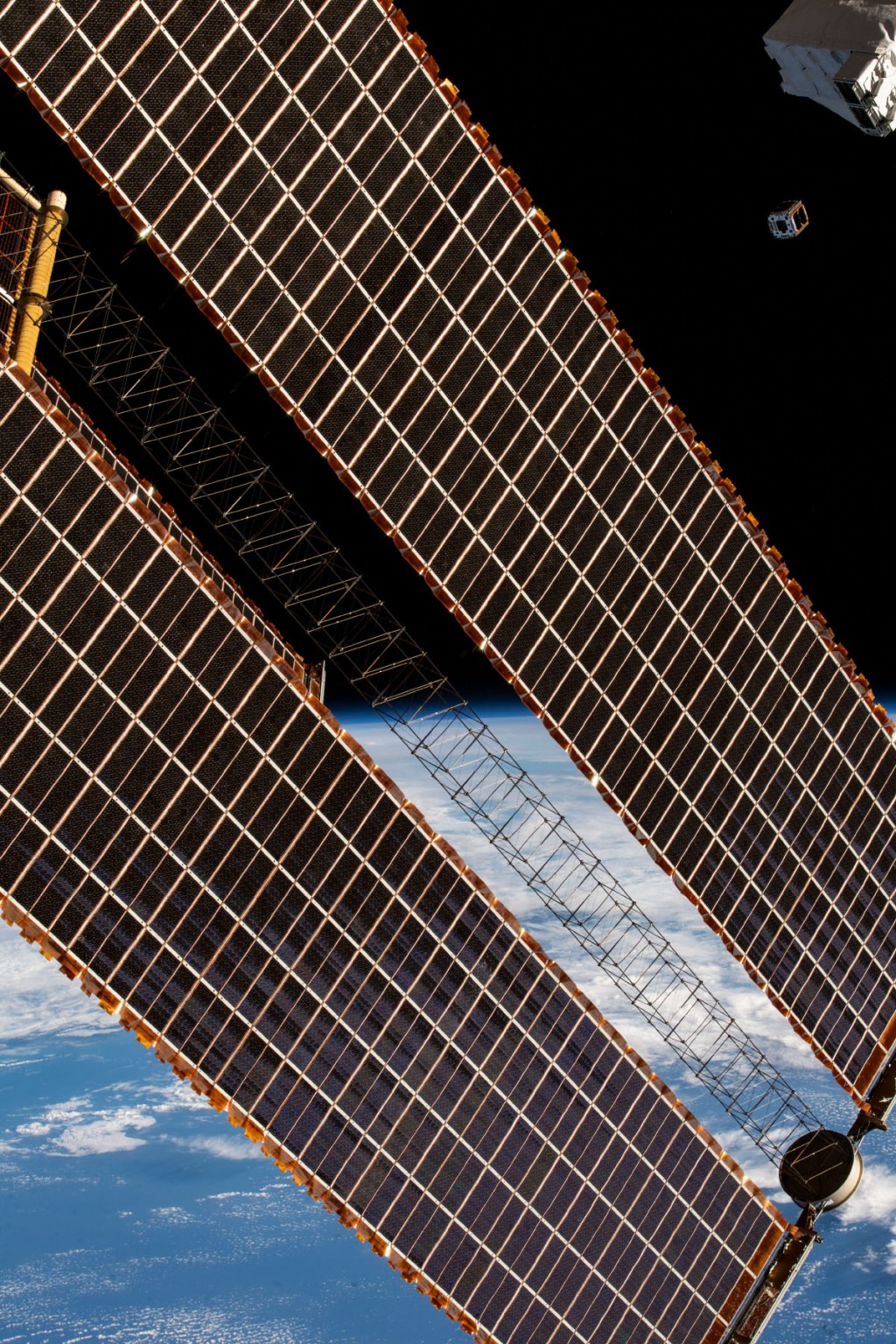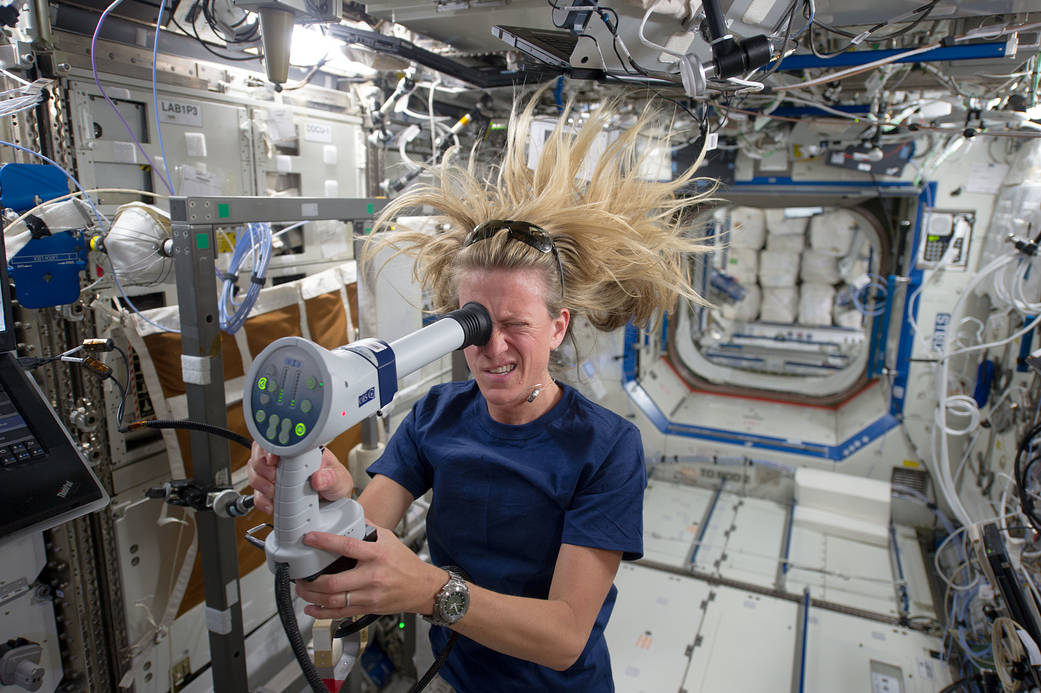Lee esta historia en español aquí.
Crew members aboard the International Space Station conducted scientific investigations during the week of Nov. 28 that included examining bone loss in microgravity and studying the mechanisms of suturing and wound healing in space. The crew also began unloading and prepping other new scientific experiments and technology demonstrations that arrived on the 26th SpaceX commercial resupply mission (CRS) on Nov. 27.
Here are details on some of the microgravity investigations currently taking place aboard the orbiting lab:
Good bones
Long-term exposure to microgravity causes the body to lose bone mass, which can result in a condition resembling osteoporosis, an aging-related disease that causes weak and brittle bones on Earth. Two current investigations on the space station could provide insight into the mechanisms behind bone loss, supporting development of countermeasures to maintain bone health in crew members on future missions and advancing prevention and treatment for people with osteoporosis and other age-related conditions on Earth.
The ESA (European Space Agency) investigation OSTEOGENIC CELLS looks at whether bone loss in microgravity is restricted to a particular osteogenic or bone-forming cell type. This research tests the hypothesis that the underlying mechanism is decreased bone formation rather than increased loss of existing bone. During the week, crew members installed containers to start operations for the investigation.
Sponsored by the ISS National Lab, Cellular Mechanotransduction by Osteoblasts measures the stiffness of human bone-forming cells called osteoblasts using a device that records changes in cell shape under different pressures. Such measurements have not previously been made in microgravity. The investigation travelled to the space station in a Powered Ascent Utility Locker (PAUL), hardware that controls temperature and other conditions for investigations during their ascent, expanding the possibilities for research aboard the orbiting laboratory. Crew members captured images of cell suspensions during the week.
Sew me up, Scotty
On future long-term space missions, crew members could face increased risk of injuries – and even the need for emergency surgery – without the ability to return to Earth for medical care. Safe and effective wound healing is therefore a critical need, but the mechanisms of wound healing and behavior of sutures in microgravity are not well understood. Suture in Space, an investigation from ESA, studies the behavior of sutured wounds and the mechanisms of tissue repair and regeneration. A better understanding of the role of mechanical stress in the healing of sutured wounds could help determine requirements for suturing materials and techniques suitable for future space missions to the Moon and Mars. During preparation for the investigation, researchers developed a new technique for keeping tissue biopsies alive longer. This capability could aid future studies on transplants, cell regeneration, and surgical techniques on Earth and in space. Crew members transferred samples to the BioLab incubator for monitoring during the week.
Other investigations involving the crew:
- Neural Integration System, an investigation from the Japan Aerospace Exploration Agency (JAXA), examines how microgravity affects the nervous system. Results could support development of countermeasures to help maintain human health and well-being on future space missions and help people with related diseases on Earth.
- Sponsored by the ISS National Lab, Rhodium Microgravity Bioprospecting-1 studies a way to search for microbes that, due to changes induced by exposure to space, may yield substances with commercial value. Results could expedite the discovery of substances in plants and animals with potential uses in medicine and industry on Earth.
- Coordinated by the Italian Space Agency (ASI), OVOSPACE examines the effect of microgravity on bovine ovary cell cultures. This research could improve fertility treatments on Earth and help prepare for future human settlement in space.
- ISS Ham Radio sessions engage students, teachers, parents, and other members of the community in direct communication with astronauts via ground-based amateur radio units. This experience helps inspire interest in science, technology, engineering, and math.
- Standard Measures uses cognition tests, sleep questionnaires, blood samples, and a variety of other data to examine how crew members adapt to living and working in space. Results also help monitor the effectiveness of countermeasures to maintain crew health and well-being, which supports future long-duration missions.
John Love, ISS Research Planning Integration Scientist
Expedition 68
































